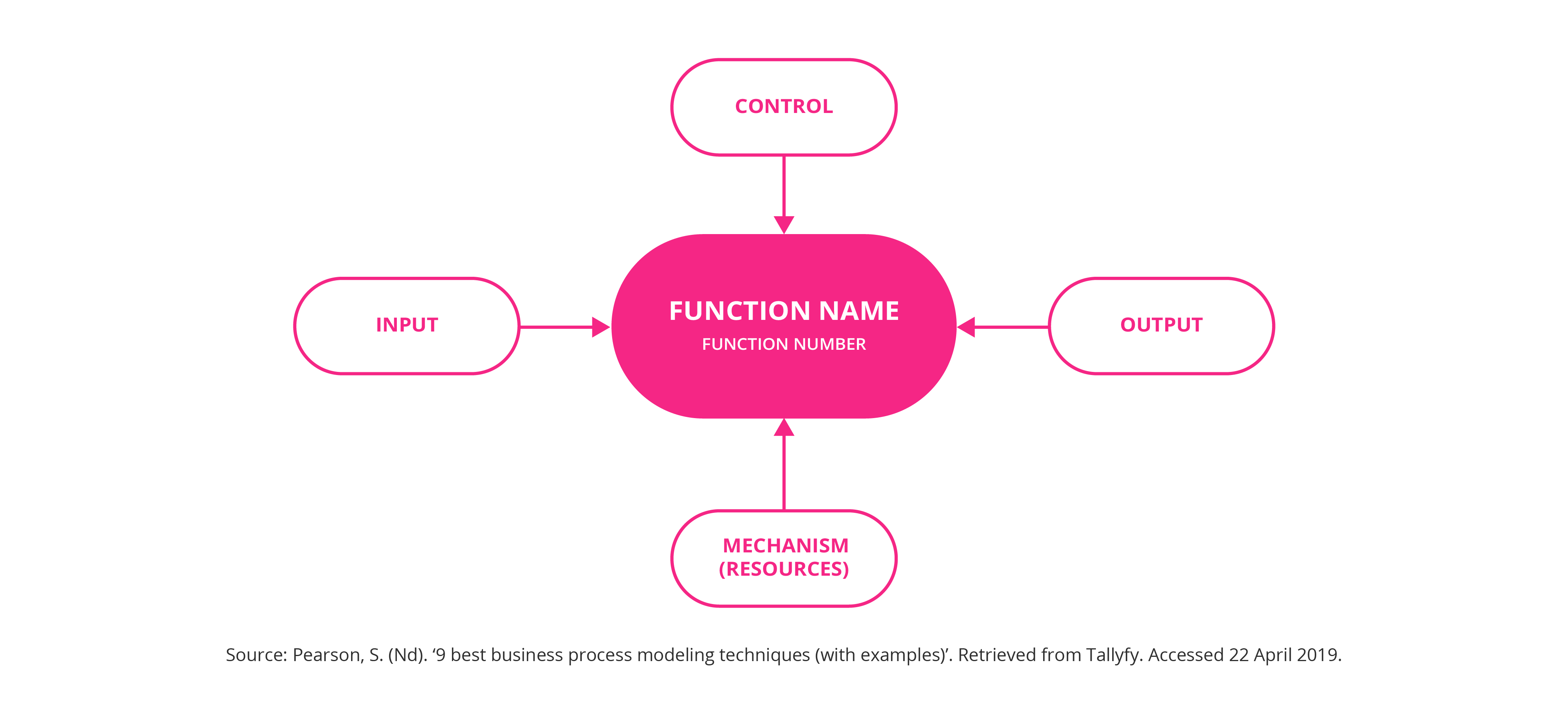

Gilbreth ended his presentation with two important notes: “Every detail of a process is more or less affected by every other detail therefore, the entire process must be presented in such form that it can be visualized all at once before any changes are made in any of its subdivisions.” - Gilbreth Looking at the big picture allows you to see the cause and effect of each and every step and to be able to understand the process flow clearly. Why map business processes? Gilbreth told us that it’s because you need to take stock of your processes before you can begin to improve them. The basic theory of business process mapping Gilbreth, the paper’s author, is probably better known as the author and central character of the 1950s novel Cheaper by the Dozen. Gilbreth was a fascinating character with a passion for the study of time and motion, but he was also a man who was laser-focused on the true purpose of processes: finding the one best way to do work. It was this paper that turned a lot of businesses onto the idea of modeling their processes in order to optimize them. Getting a Baseline for Improvement - Business Process Modeling (BP Modeling) was born in the mechanical industry, it was first introduced in 1921 by Frank Gilbreth when he presented a paper to the American Society of Mechanical Engineers entitled “Process Charts: First Steps in Finding the One Best Way to Do Work”.


 0 kommentar(er)
0 kommentar(er)
